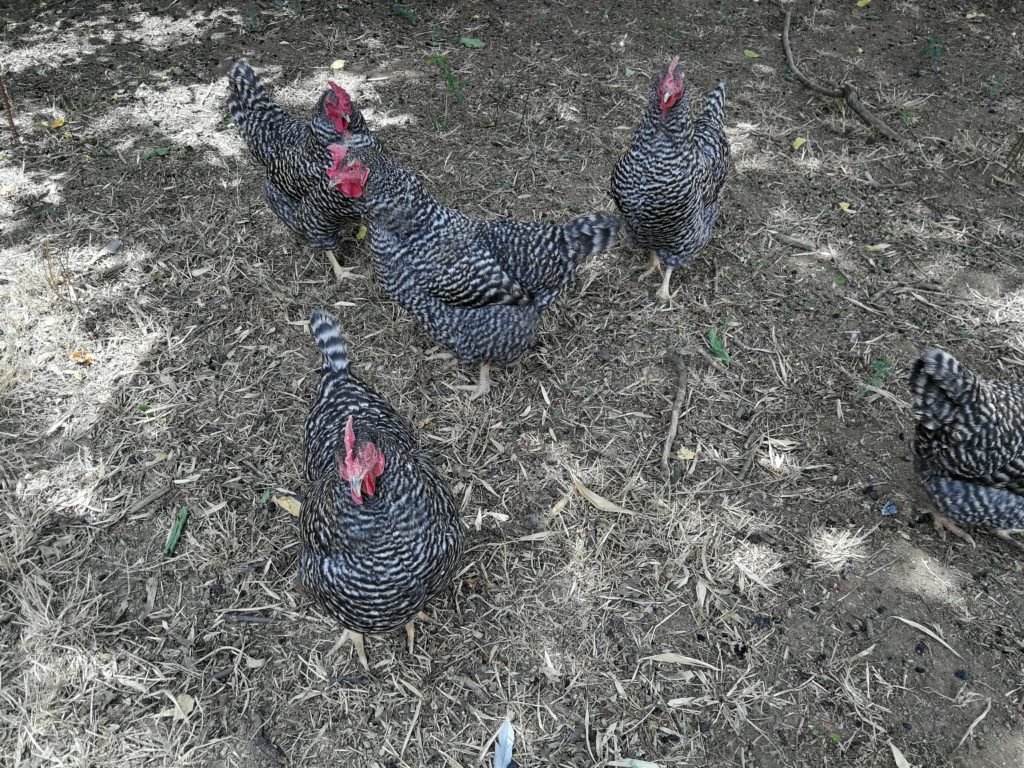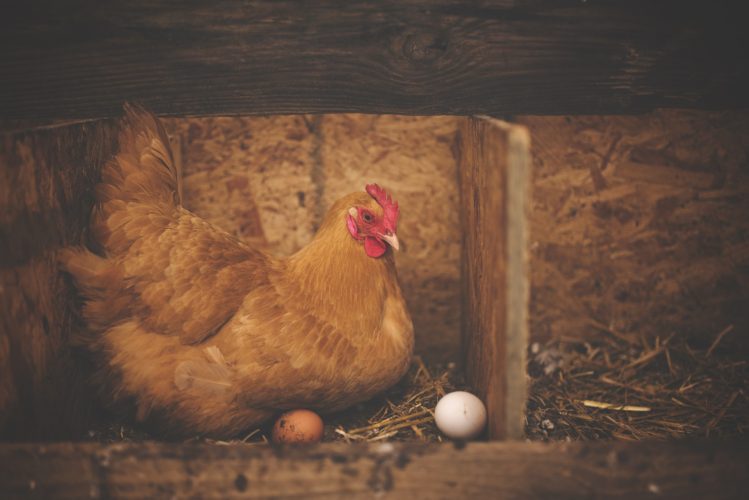When starting an egg production project, whether as a home-grower or as a commercial producer, it is important you start with the best chickens for eggs. Thus, it makes sense to work backwards from your goal to identify what breed will suit your needs best.
Decide from the outset what your aim is. If your aim is to become a commercial egg producer ~ selling a large amount of eggs for profit ~ you will do best with a breed that has been developed for this purpose. If you are a backyard chicken owner, keeping chickens for a few eggs for your table and perhaps some meat, your options are more varied.
Commercial layers
There are a number of options for commercially viable layers. In some cases, a variety has been bred specifically for its laying ability. But all commercial layer (and broiler) hybrids are developed by cross-breeding various standard breeds to maximise the characteristics sought by the breeder. The Leghorn, for example, is one of the breeds used to create the modern battery hybrid layer.
Leghorns themselves are prolific layers that rarely go broody and are non-sitters unless left undisturbed. Eggs are white and of good size, laid throughout the year. The White hens are particularly productive.
Black Australorps are hardy and exceptional egg layers, with an average of 250 pale brown eggs per year. They also are a good meat bird with reasonably early maturity and white skin.
The Rhode Island Red is a common layer. Their egg laying ability is excellent at five extra-large, brown eggs a week. They are also kept for their meat.
The Hy-line is probably the most popular hybrid choice for commercial layers, with some Hy-line varieties considered the best layers in the world. The silver brown, for example, can start laying at 18 weeks and can produce 320 eggs a year. Her eggs are a uniform, dark brown, averaging 63 grams.

Amberlinks, a white bird that lays dark brown eggs and developed by Dekalb in the US, are another popular commercial hybrid. The hens start laying around five months of age, and can lay up to 320 eggs in their first year. After their first year of laying, hens slow down in production. The eggs are large to extra large and brown. The incidence of double yolks is quite high.
Lohmann-Browns are hugely popular for commercial laying. Selectively bred from Rhode Island breed and White Rock breeds, they start to lay at about 19 weeks, producing up to 320 eggs to an age of 72 weeks (one year production). Eggs are laid nearly daily, normally in the morning.
Backyard flock
For a home-grower or hobbyist the choice is endless, and depends on the individual interests and tastes of the family. For example, standard breeds will lay medium and large eggs. But some prefer small eggs, so bantam breeds are also a possibility. Bantam variations exist for just about all common poultry breeds and are basically miniatures of their parent breed.
In South Africa, popular backyard flock varieties are the Potch Koekoek, Boschvelder and Venda. All locally developed or indigenous, these birds tend to be resilient and hardy, able to withstand harsher temperatures and can be more disease resistant.
They are well-suited to a smallholder who wishes to own a dual-purpose chicken ~ one that will lay a steady supply of eggs and is also suitable as a meat producer.
Koekoeks typically lay an egg a day in summer, fewer in winter. Boschvelders average around four eggs a week. Venda chickens lay about 70 eggs a year, just over one a week.
Koekoeks usually reach laying age at around 18-20 week, Boschvelders at 24 weeks and Vendas at 20-22 weeks.

Importance of location
Where your poultry housing will be located is important ~ both in what area are you based in as well as on your property. Your geographical location will largely determine what breeds are available to you as chicks, as some are more popular in certain parts of the country than others. And remember that you will need to refresh your flock periodically, regardless of whether you have 1 000 commercially working birds or a handful of chickens roaming your smallholding.
Geographical location is also important in that you must be able to sell your production locally either daily or at least weekly, with as little extra transport cost built in. So being close to your buyers is key.
Knowing where on your property your coop or chicken house is located will help you identify how hardy your birds will need to be. It is not recommended that your chickens have no housing entirely ~ even free range chickens should have a house to lay in and to take refuge in at night. However, if your chickens are kept in an enclosed, controlled environment, you can opt for a less hardy breed.
Where on your property your housing is located should also be determined in consideration of where your neighbours’ houses are, because any intensive poultry operation generates a certain amount of odour, flies etc, regardless of how diligently it is cared for.
This is part two in a series on egg production. For more, click here.


I am an aspiring commercial farmer, who would like to be empowered about poultry, piggery, cattle, sheep goats and fruits and vegetables production.
I am looking for the best chicken 🐓 for egg production an in winterveld and I can’t find a nearest place to buy point of lay chicken
Carol,
I am in Pretoria, and have done Business Plans for several People and Groups in the Winterveldt are
Aubrey
Email:leseding@mail.com